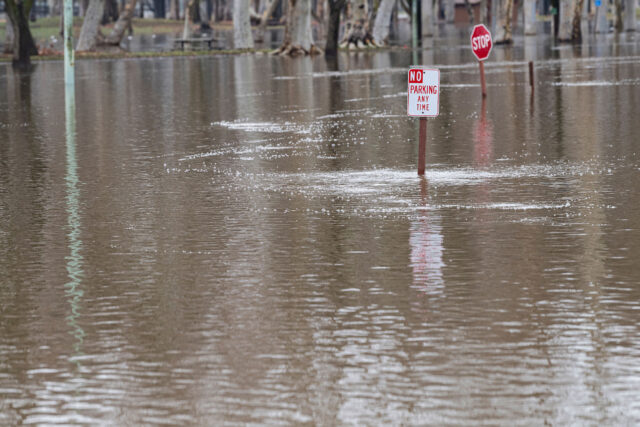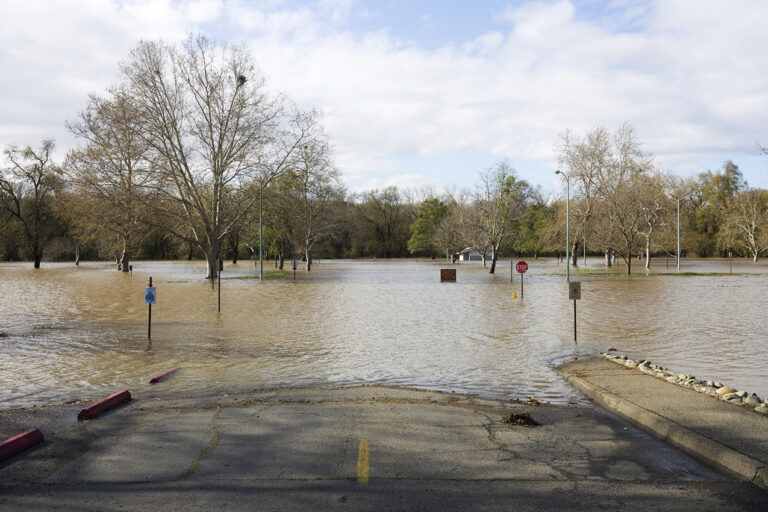- California is a flood-prone state.
Most of California is vulnerable to floods. Every county has been declared a flood disaster area multiple times. One in five Californians and more than $580 billion worth of structures (including contents) are vulnerable. Transportation, energy, water supply, and sewer networks are also at risk of disruption. The state’s many valleys—particularly the Central Valley—are susceptible to rivers overflowing. Lowland coastal flooding is common when high tides coincide with large, storm-driven waves; tsunamis also strike occasionally. Southern California, the deserts, and areas recently burned by wildfires are susceptible to flash floods. And storms commonly cause local urban flooding because inadequate drainage systems and impermeable surfaces—such as streets and parking lots—allow stormwater to pond quickly and deeply.
Damaging floods are common in California
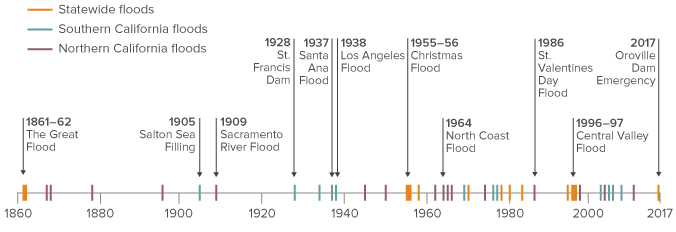
SOURCE: Updated from California Department of Water Resources, California’s Flood Future, Attachment C (2013).
NOTE: The figure includes floods that caused significant property damage and/or loss of life. The Oroville Dam emergency is included here because it highlights increasing risk from aging flood infrastructure and is likely to impact flood policy.
- Flood risk is growing, but funding for flood management is not.
The number of people and the value of properties in California’s flood-prone areas is growing, raising both the economic risk and the threat to public safety. The 2017 Oroville Dam spillway failure led to an emergency evacuation of nearly 200,000 people. The causes of this failure include inadequate design and maintenance, and repair costs are likely to exceed $500 million. But Oroville is just one of many aging large dams across the state. California needs to spend at least $34 billion to upgrade dams, levees, and other flood management infrastructure. Accomplishing these upgrades within 25 years would mean spending $1.4 billion per year—roughly twice the current level of investment. Bonds approved since the mid-2000s are helping but fall far short of meeting funding needs. Various recent proposals include some new one-time funds for flood infrastructure, but they do not address long-term funding needs.
Flood risk is high throughout California
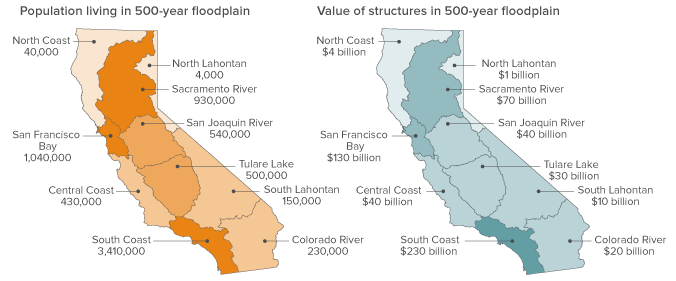
SOURCES: California Department of Water Resources and US Army Corps of Engineers, “California’s Flood Future” (2013).
NOTES: The figure shows population and structures in the 500-year floodplain—the area susceptible to floods so large that they have just a 0.2 percent chance of occurring in a given year. Levees protect much of this area from 100-year floods, which have a 1 percent chance of occurring in a given year. Population is adjusted to 2010 levels. Value of structures is based on the depreciated replacement value of structures and their contents in 2010 dollars.
- Climate change requires new approaches.
Many of California’s flood management systems were designed for the hydrological conditions of the previous century. California’s climate is changing with larger winter storms, more precipitation falling as rain rather than snow, and more extreme high tides. These changes, along with rising sea level, will make many current flood management systems obsolete within decades, requiring major investments in new infrastructure and new approaches to reducing flood risk. - Requiring flood insurance can help manage risk.
The National Flood Insurance Program (NFIP) makes federal flood insurance available to vulnerable homes and businesses, and studies show that those with insurance recover more quickly from flood emergencies. The federal requirement that homes within the so-called 100-year floodplain (which is especially prone to floods) carry insurance is also a disincentive to development in high-risk areas. But the NFIP is deeply in debt and its future is uncertain. California may need to develop new strategies—including restrictions on development in floodplains and a state-run insurance program—to reduce economic risk. - Modern flood management can have multiple benefits.
Historically, the goal of many flood projects was to route floodwaters to the sea quickly. The legacy of this approach—thousands of miles of concrete- or rock-lined river channels—is seen throughout California. These channels cut communities off from their rivers, cause significant environmental harm, and, in cases of poor design or management, increase the risk of flooding. Modern flood management seeks to integrate floods into overall water management. This involves taking advantage of floodwaters to restore wetlands and river corridors while reducing the intensity of floods. It can also include using floodwaters to recharge aquifers and improve the quality of surface water supplies. Giving rivers more room to flood may require compensation for adjacent landowners.
Topics
Floods Paying for Water Water, Land & AirLearn More
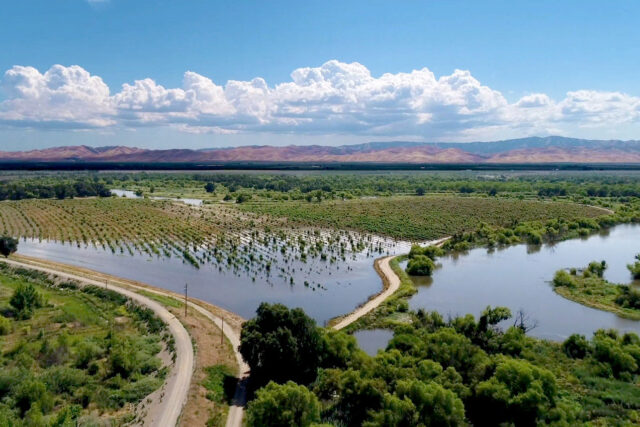
California’s Rivers Could Help Protect the State from Flood and Drought
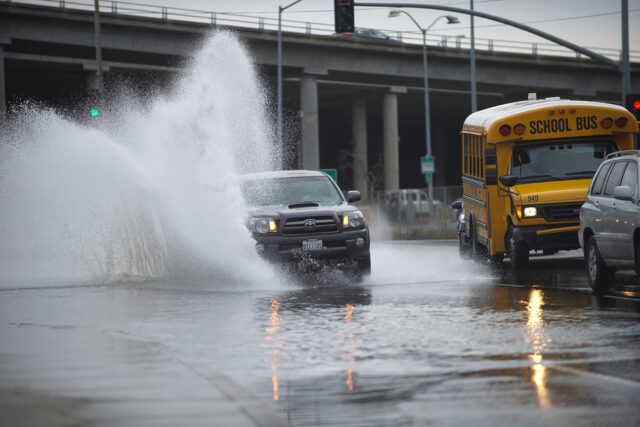
California’s Water: Preparing for Floods
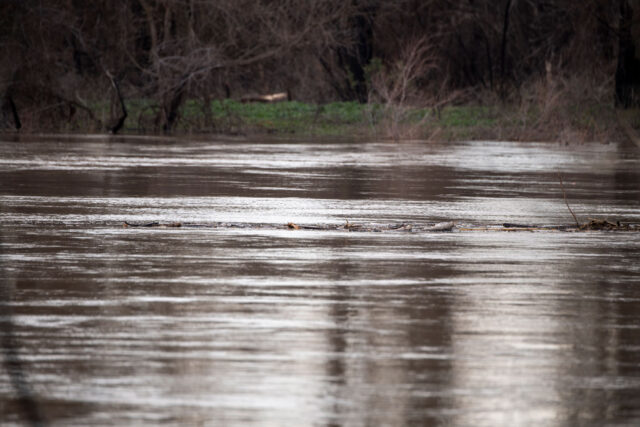
Can We Capture More Water in the Delta?
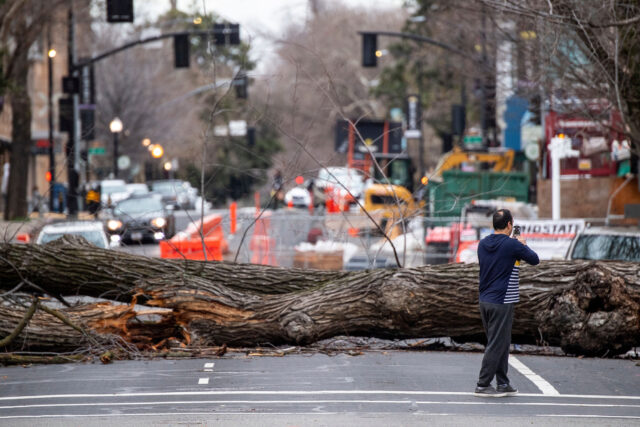
Crisis Communication Suffers During Natural Disasters
